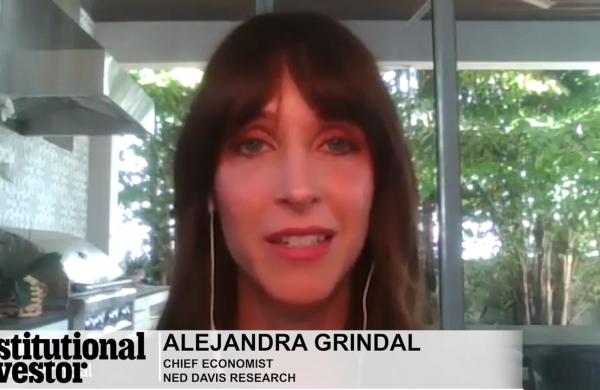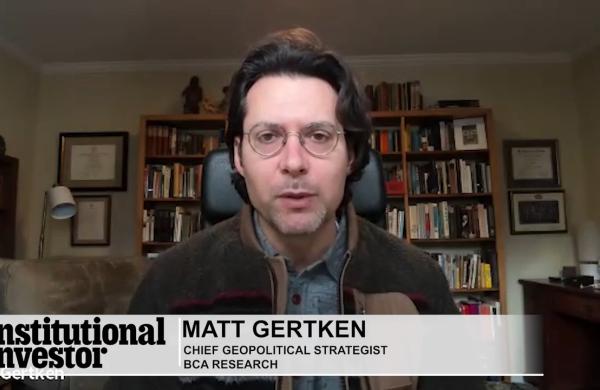
The current poor funding levels combined with more stringent PPA funding requirements has many corporations forecasting substantial cash funding needs over the next 3-5 years. This is occurring at a time when near-term prospects for the global economy and businesses are uncertain, corporate balance sheets are as levered as ever, and there is limited appetite to take on additional debt to fund pension plans.
This set of circumstances has moved the conversation regarding pension funding, asset allocation, and risk management from the back room to the board room. The focus for many plan sponsors has turned to improving funding levels and, when achieved, to preserving acceptable levels of plan funding. While plan sponsors each face different sets of circumstances (e.g., characteristics of liabilities, plan funding levels, and access to and cost of capital), many agree that if funding levels improve to pre-crisis levels, they will take that opportunity to meaningfully reduce the funded status risk in pension portfolios by better aligning assets and liabilities.
Regardless of how pension plans’ funding levels improve, it is wise for plan sponsors who wish to reduce risk when better funded to regularly monitor plan funding and to develop a plan that will transition portfolio allocations along the road back to full funding. One way to do so is to develop an asset allocation policy that will adapt to changing circumstances. Take for example, “Widgets Inc.”, which sponsors a pension plan that is frozen and 75 percent funded (having been 100 percent funded as recently as June 2007). Widget’s board and management have agreed that, while they do not want to “lock-in” recent funding losses, once fully funded the pension plan should be protected against the risk of a significant decline in funded status.
Currently, Widget maintains an asset allocation policy in its pension plan of 50 percent stocks and 50 percent bonds. This allocation is consistent with Widget’s goal today to earn a level of return which will grow assets in order to mitigate plan funding requirements. However, once Widget’s plan is 100 percent funded, incremental return is much less useful. In this situation, the pension plan’s asset allocation policy should be much more focused on preserving the funded status. In short, Widget’s target allocation at full funding could be 100 percent long bonds.
Widget, like so many other plan sponsors, is accustomed to a paradigm in which asset allocation policy is reviewed and possibly changed every three to five years. Does this approach work in the new world order? Of course not! Widget must, at a minimum, review its asset allocation policy and consider shifts more frequently - perhaps annually or more often. Further, Widget is accustomed to the traditionally intensive asset liability review process that usually requires three to six months to complete. We need only refer back to the rapid and profound drop in funding levels mentioned earlier noting that almost the entire shortfall can be traced to the fourth quarter of 2008. Clearly, waiting three to six months to complete a study might not work either.
For Widget, a better approach would be to develop a plan to “de-risk” the plan as it approaches full funding. This could take the form of reducing equity exposure by 10 percent for every 5 percent of funding improvement. This would lead Widget to a 100 percent fixed income allocation when it reaches full funding. Importantly, this plan would have Widget reduce its risk of significant funding impairments on the path to full funding.
Assuming that Widget will eventually reach full funding one way or another, a fair measure of the effectiveness of a an adaptive approach versus an approach that would “de-risk” once full funding is reached would be the contributions required to achieve full funding. An analysis across a range of market environments indicates that Widget could expect to contribute less across all market environments using the adaptive approach than by waiting until full funding is achieved to de-risk. In fact, the biggest benefit of the adaptive approach for Widget came in the most difficult environments when contribution requirements were greatest.
Recent market events have forced pension plan sponsors to re-think their approach to asset allocation as well as the amount of risk they are willing to take to achieve long-term returns. For many, there is great appeal in reducing risk when they reach better funded positions in the future. Plan sponsors should begin to prepare for this outcome by developing a plan to achieve and preserve full funding.
Joe Nankof is a founder and Principal of Rocaton where he is a consultant working directly with institutional investors on a variety of issues, including asset allocation, investment structure design and investment manager selection and monitoring.






